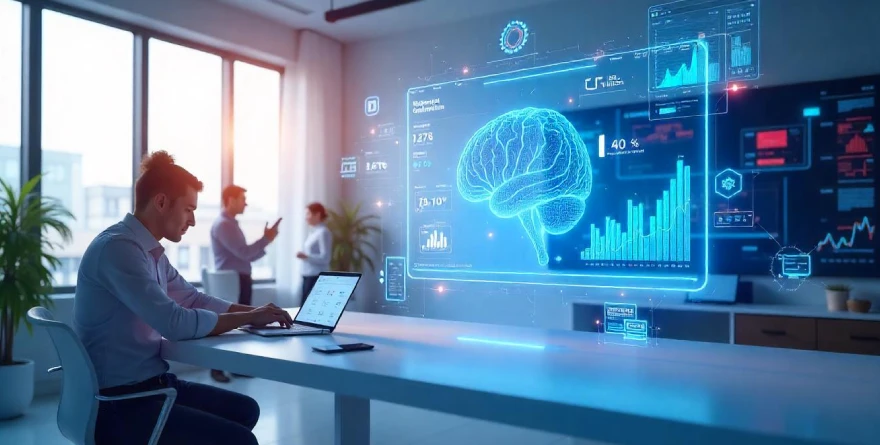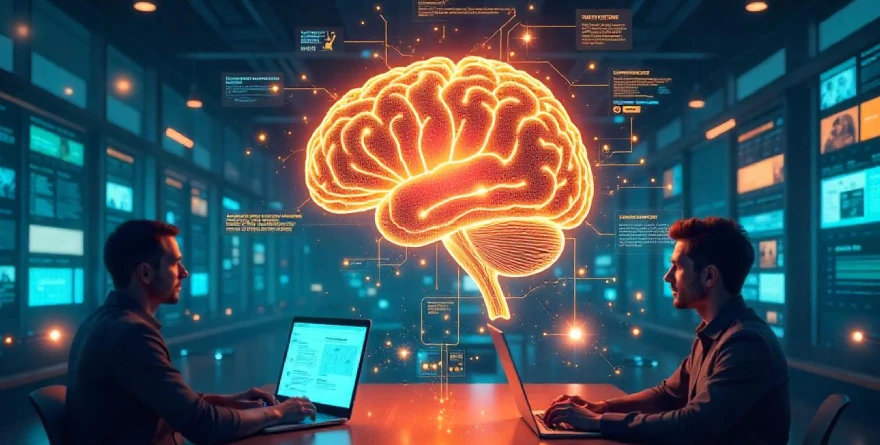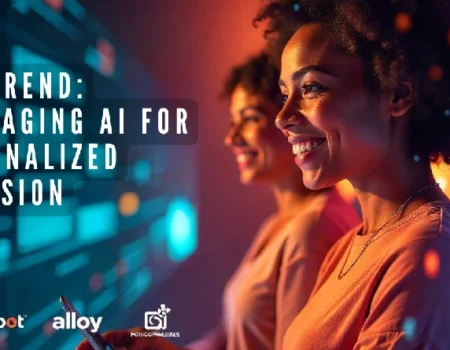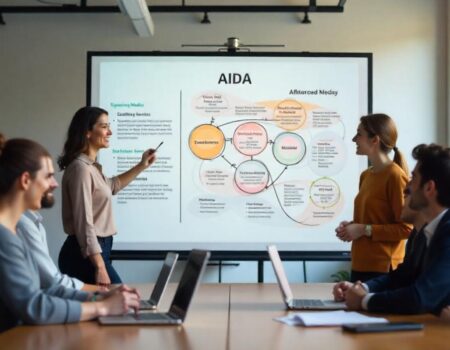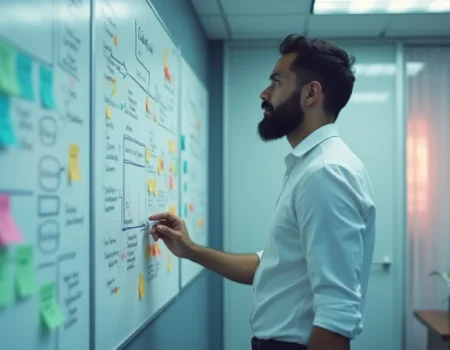5 AI Marketing Trends to Watch in 2025 (+ How They’ll Impact You)
AI is no longer a futuristic concept—it’s embedded in almost every aspect of marketing. In 2024, AI-driven tools became standard for targeting, ad copy suggestions, and campaign optimization. But where is AI marketing headed next?
Let’s dive into the top five AI marketing trends that will define 2025 and how they’ll shape your strategy.
-
Hyper-Personalization at Scale
-
AI-Powered Content Creation Will Mature
-
Predictive Analytics Becomes Non-Negotiable
-
AI-Optimized Ad Campaigns Will Become the Norm
-
Cookieless Targeting & AI-Driven Audience Segmentation
AI’s ability to analyze vast consumer data in real time is taking personalization to new heights. Platforms like Dynamic Yield and Adobe Target allow businesses to tailor customer experiences instantly.
🔹 Example: Imagine an online clothing store. AI tracks a visitor browsing jackets, and on their next visit, the homepage automatically highlights jackets instead of generic products. Another visitor focused on shoes would see a homepage showcasing new footwear arrivals.
🔹 AI-Driven A/B Testing: Tools like Adobe Target also refine personalization by testing different headlines, product placements, and calls to action, helping marketers make data-driven decisions faster.
✅ What this means for 2025: AI-driven personalization isn’t just a competitive advantage—it’s becoming the standard. Expect increased automation in website experiences, email marketing, and ad targeting.
AI-generated content is evolving beyond simple text-based writing into a tool that produces high-quality videos, music, 3D visuals, and interactive media. Tools like ChatGPT, Jasper, Canva AI, and Runway ML are making content creation more efficient while reducing costs.
🔹 AI as an Assistant, Not a Replacement: AI-generated content is improving, but human oversight remains crucial. Skilled marketers are fine-tuning AI outputs to maintain brand tone and authenticity.
🔹 Faster Content Production: Generative AI accelerates campaign execution by producing ad creatives, social media graphics, and even marketing scripts at scale.
✅ What this means for 2025: Businesses will increasingly rely on AI to streamline content production, but human refinement will ensure quality, relevance, and brand alignment.
AI-powered predictive analytics helps businesses forecast trends, anticipate customer behavior, and allocate marketing budgets more effectively. Platforms like Google Ads and Meta Ads have already integrated predictive AI to optimize campaigns.
🔹 Example: A Google Ads campaign aimed at generating leads will analyze past user behavior and adjust targeting in real time, prioritizing high-intent audiences.
🔹 Applications Beyond Ads: Predictive AI is also transforming dynamic pricing, churn prevention, and media spend optimization, allowing businesses to stay ahead of customer needs.
✅ What this means for 2025: AI-driven predictive analytics will be a necessity—not a luxury—for brands looking to maximize efficiency and ROI.
AI’s role in digital advertising is expanding, making campaign management more automated than ever. Meta’s Advantage+ and Google’s Performance Max campaigns already use AI for bidding, targeting, and ad placements.
🔹 The Pros: AI-driven ad platforms simplify campaign creation, automatically adjusting targeting and creative elements to improve performance.
🔹 The Cons: Increased automation reduces transparency into campaign optimization decisions. Marketers are losing some control over how ads are served and optimized.
✅ What this means for 2025: AI-driven ad campaigns will become standard, but businesses should remain cautious about blindly trusting automated decision-making without monitoring performance closely.
With third-party cookies disappearing, businesses must rely on AI-powered audience segmentation and first-party data for targeting. Tools like HubSpot, Segment, and Klaviyo are leading this shift by helping businesses collect and analyze data in compliance with new privacy regulations.
🔹 Example: Instead of relying on third-party cookies, AI can analyze customer purchase history, location, and engagement trends to create dynamic, privacy-compliant audience segments.
🔹 Privacy-Friendly Targeting: AI combines first-party data with contextual insights, allowing platforms like Google and Meta to create highly personalized experiences without violating user privacy.
✅ What this means for 2025: AI will play a critical role in replacing traditional tracking methods, ensuring brands can target the right audience while maintaining compliance with evolving privacy laws.
More AI Marketing Trends to Watch in 2025
🗣 Voice Search & Conversational AI: Optimizing for AI-powered voice assistants will become essential.
🛡 Ethical AI & Transparency: Consumers are demanding more control over how their data is used.
📸 AI-Powered Visual Search: Google Lens and Pinterest Lens are revolutionizing product discovery.
📈 AI-Driven Influencer Marketing: AI will help brands identify high-ROI influencers using data-driven insights.
Partner with our Digital Marketing Agency
Ask Engage Coders to create a comprehensive and inclusive digital marketing plan that takes your business to new heights.
Contact Us
What These AI Marketing Trends Mean for 2025
AI has moved from being an optional tool to an essential driver of modern marketing strategies. While automation brings speed and efficiency, human oversight remains vital for maintaining creativity, authenticity, and ethical responsibility.
As AI continues to evolve, finding the right balance between automation and human touch will be the key to long-term marketing success in 2025.
